
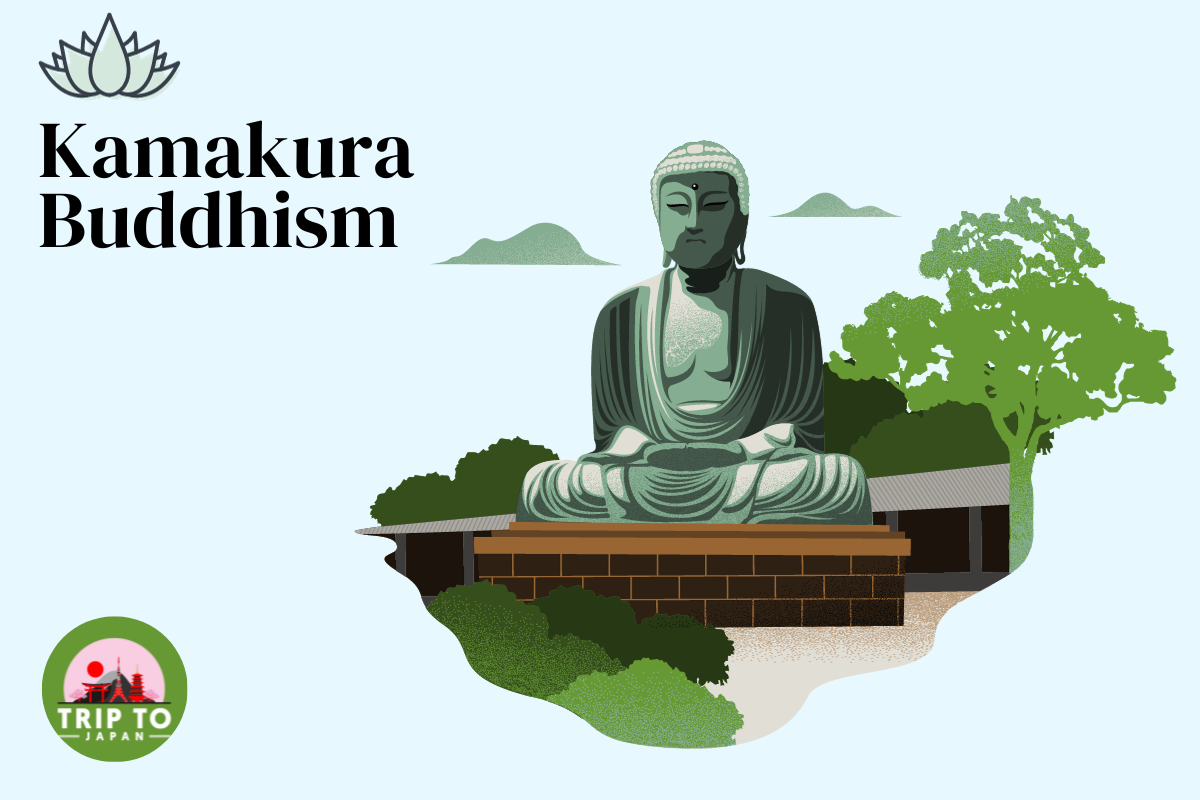
Get ready to journey back in time with Trip To Japan as we delve into the fascinating world of Kamakura Buddhism, a transformative period in Japan's religious history. Discover how this era shaped the spiritual fabric of the country and continues to influence its unique cultural allure today.
If you're planning a trip to Japan and wish to enrich your tourist experience with some profound knowledge of Kamakura Buddhism, consider this your first step on an enlightening path. In this blog post, we will talk briefly about the dawn of Kamakura Buddhism and how you can experience it today in Kamakura City Japan.
So, buckle up and set your spiritual compass to Kamakura - the land where Buddhism flourished and left an indelible mark!
Kamakura Buddhism is a unique blend of Buddhism and Shinto, incorporating esoteric rituals & Nichiren teachings.
Temples and shrines showcase the city’s spiritual identity with iconic symbols such as the Great Buddha statue & Tsurugaoka Hachimangu Shrine.
Kamakura provides opportunities to experience Buddhist art, culture, meditation practices & festivals while also offering attractions beyond its religious influences.
The Kamakura Period (1185-1333) was an extraordinary era in Japanese history, a time of immense transformation and cultural vibrancy. It witnessed the emergence of new Buddhist sects and the establishment of the influential Kamakura Shogunate.
Within this period, a captivating Buddhist culture flourished, with various sects like Esoteric Buddhism, Nichiren Buddhism, and Zen teachings taking root and blossoming.
This captivating religious landscape laid the very foundation for Kamakura's distinct fusion of Buddhism and Shinto, an enchanting blend that continues to shape the city's spiritual identity as a timeless ancient capital.
Let's dive a bit into important details.
Esoteric Buddhism, also known as Vajrayana Buddhism, is a mystical interpretation and practice of the teachings founded by the Buddha. It involves secret teachings transmitted directly from teacher to student and is characterized by its emphasis on hierarchy and authority. These teachings are often found in esoteric schools, where the focus is on preserving and transmitting knowledge.
Esoteric Buddhism incorporates elements of:
Tantrism
Magical rituals
Symbolic gestures
Spells
This fascinating tradition has had a considerable influence on Kamakura Buddhism, particularly in its focus on hierarchy and authority, resulting in a unique blend of spirituality and mysticism.
Founded by the 13th-century Japanese Buddhist Priest Nichiren, Nichiren Buddhism is another significant sect that emerged during the Kamakura Period. Central to its teachings is the chanting of the Daimoku, the sacred title of the Lotus Sutra, as a means of achieving enlightenment.
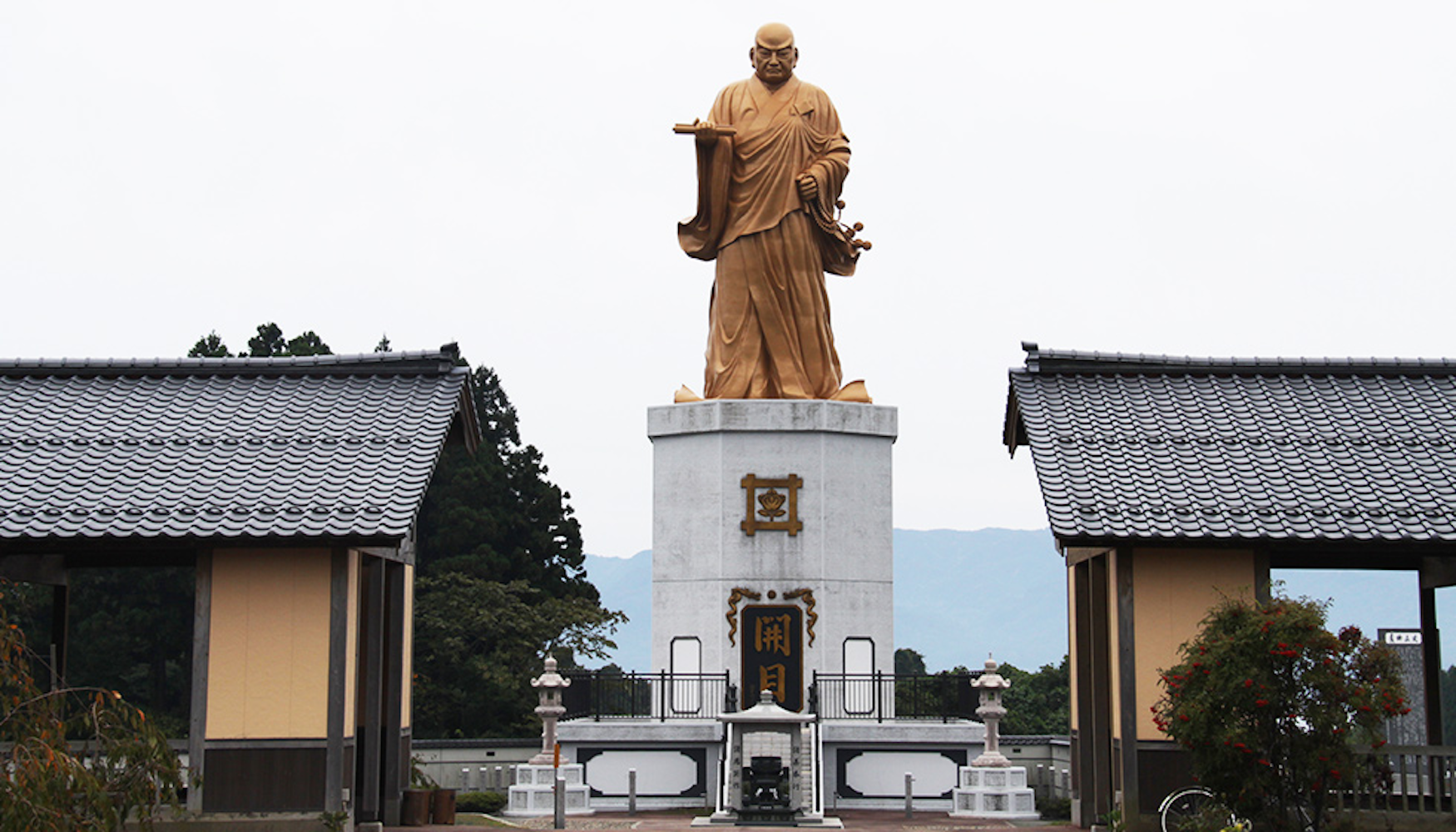
Nichiren’s teachings emphasize the inherent power of the individual to attain spiritual awakening through unwavering faith and devotion, making it a distinctive form of Buddhism in Kamakura.
Zen Buddhism, originating in China as Chan Buddhism, is the Japanese variant of the Mahayana Buddhist school.
Zen emphasizes the practice of meditation and mindfulness to achieve self-enlightenment and purify the mind. The intimate bond between a teacher and student is crucial in Zen practice, as it provides the necessary support for the student’s spiritual growth.
With its focus on simplicity, self-reliance, and inner peace, Zen teachings have left an indelible mark on Kamakura Buddhism and continue to inspire practitioners to this day.
Kamakura is home to an array of stunning temples and shrines that showcase the city’s rich Buddhist and Shinto heritage. These sacred sites, steeped in history and cultural significance, provide a window into the spiritual life of Kamakura and its inhabitants.
We will journey through some of Kamakura’s most renowned temples and shrines like Kotokuin Temple, Tsurugaoka Hachimangu Shrine, and Meigetsu-in, examining their distinct architectural and artistic attributes along the way.
Let's talk about some must-visit temples and shrines.
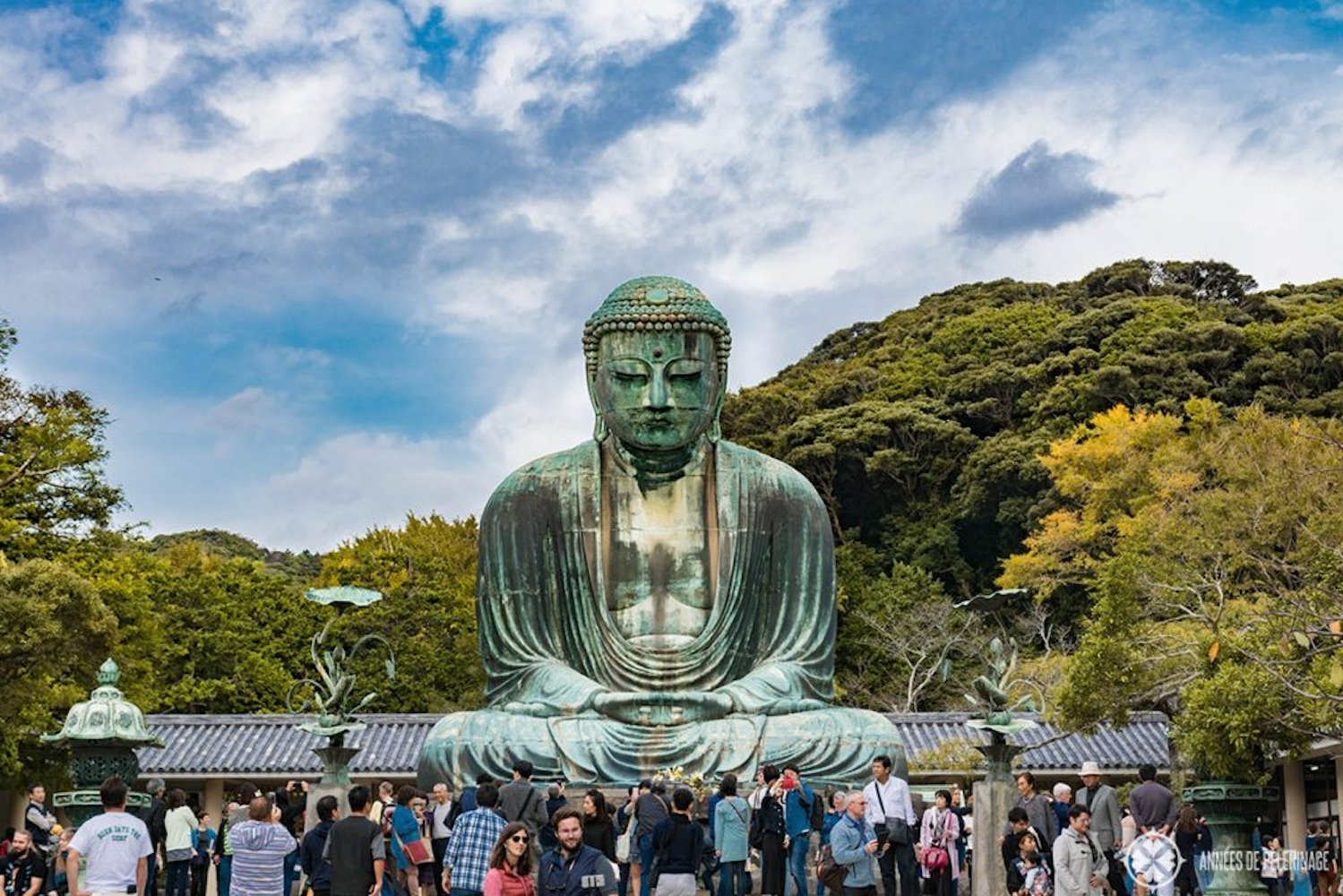
Kotokuin Temple, located in Kamakura, is renowned for its iconic Great Buddha statue, a symbol of Kamakura Buddhism. The statue, a bronze representation of Amida Buddha, stands at a towering 11.4 meters in height and weighs 121 tons. Constructed in 1252, it is one of the oldest surviving Buddhist statues in Japan and serves as a testament to the spread of Buddhism throughout the country.
A visit to Kotokuin Temple is a must for anyone seeking to appreciate the rich history and spiritual significance of Kamakura Buddhism.
Tsurugaoka Hachimangu Shrine, located in the heart of Kamakura, is a symbol of the city’s history and culture. This Shinto shrine is renowned for its spiritual and historical importance, as it is closely associated with the Minamoto clan, who ruled Japan during the Kamakura Period.
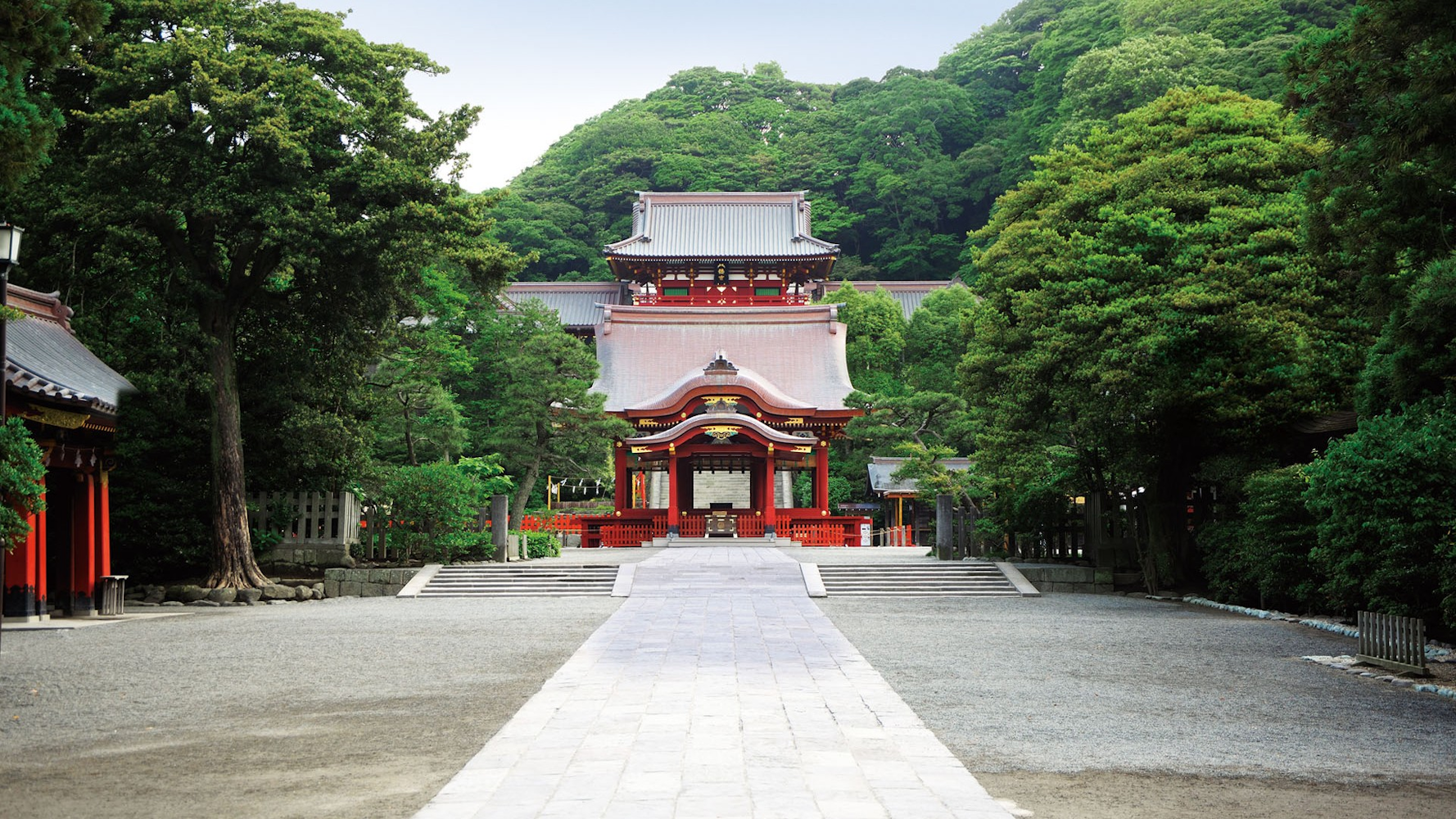
Furthermore, the Tsurugaoka Hachimangu Shrine is considered a spiritual center for the people of Kamakura and is believed to provide divine protection. The shrine’s expansive grounds and enormous red torii gates make it a captivating destination for visitors seeking to explore the intersection of Buddhism and Shinto in Kamakura.
This one is a must-see! Honestly, just check out the picturesque and spiritual vibe of this temple in the image below.
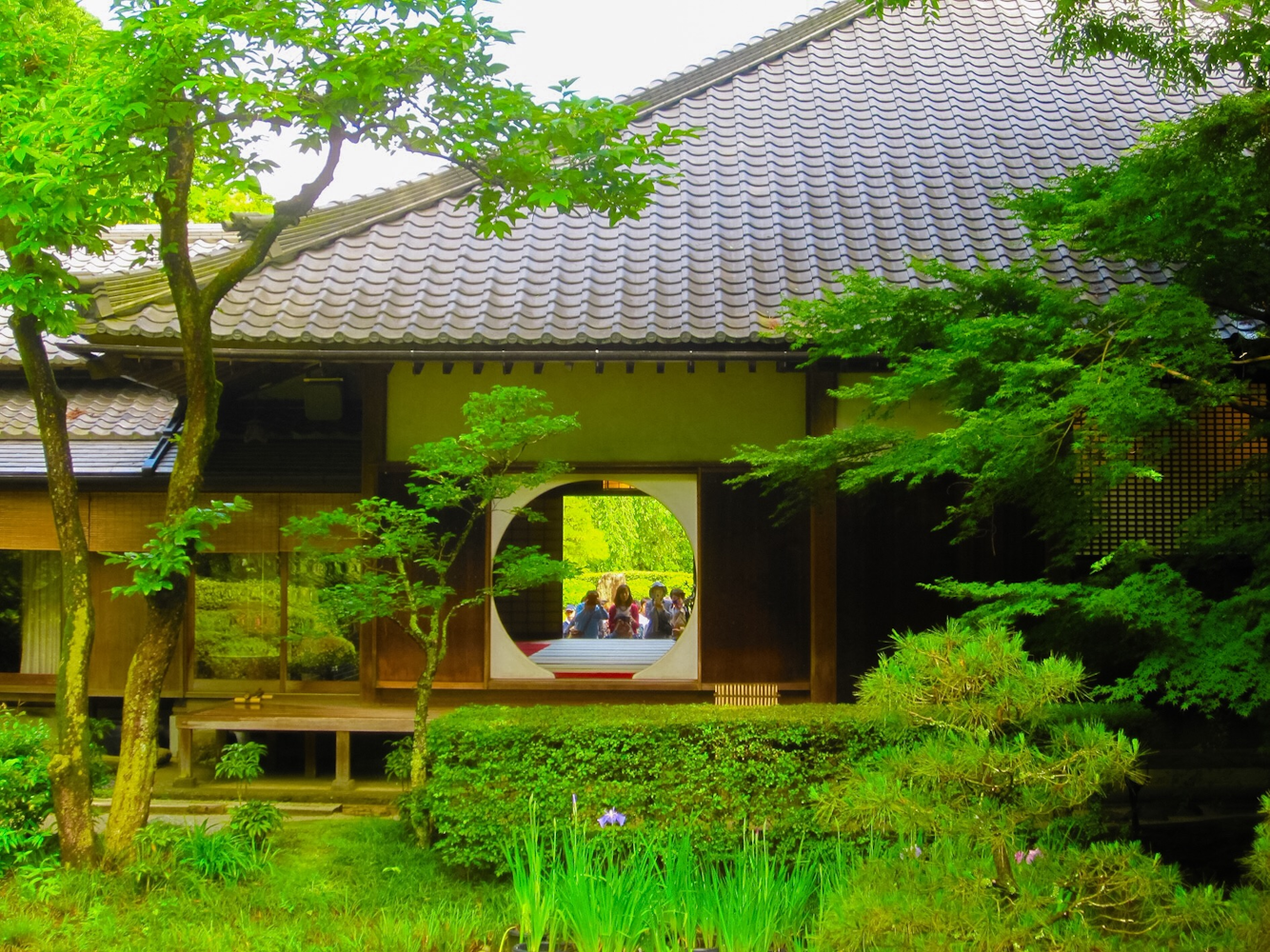
Meigetsu-in, a Buddhist temple in Kamakura, offers a serene experience for visitors. Known for its exquisite gardens and iconic hydrangea flowers, which bloom during the summer months, Meigetsu-in is a haven of natural beauty.
The temple’s peaceful atmosphere, combined with its stunning floral displays, makes it an ideal destination for those seeking a Zen retreat amidst the hustle and bustle of modern life.
The relationship between Buddhism and Shinto in Japan is truly fascinating! These two religions have coexisted peacefully and have actually enriched each other, creating a wonderfully diverse spiritual culture.
It's really amazing how they've influenced one another over time!

We are going to probe further into this intricate relationship through:
Kami worship, a central practice in the Shinto faith, involves the veneration of sacred beings known as Kami. These divine entities are believed to be:
Control the natural world
Be the origin of both positive and negative fortune
Act as guardians of the people
Be called upon in times of need
The relationship between kami and Buddhism has been longstanding, with many kami being perceived as embodiments of Buddhist deities. This interplay between Buddhism and Shinto has resulted in a unique and harmonious blend of religious practices in Japan, often referred to as Japanese religion.
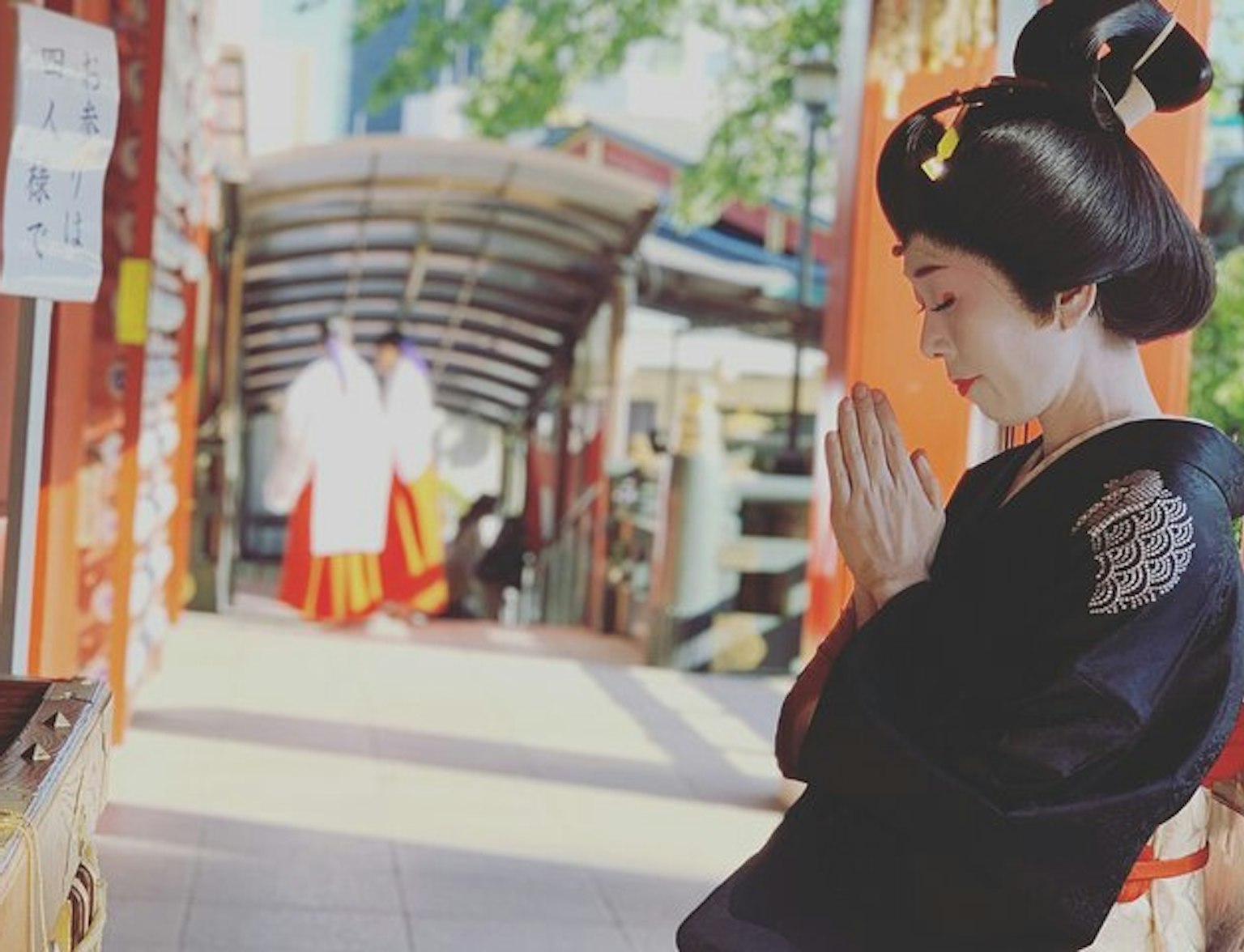
Know more about Shinto practices with this tour.
"Syncretism" refers to the blending of doctrines from different religions, and it has had a big impact on the growth of Kamakura Buddhism. Throughout time, Buddhist and Shinto traditions have come together, creating a unique religious culture that is truly Japanese.
This syncretism has helped preserve the core ideas and beliefs of both religions, while also nurturing a diverse and harmonious spiritual environment.
Buddhism and Shinto have actually influenced each other quite a bit when it comes to art and architecture throughout Japanese history.
You'll often find Buddhist temples incorporating Shinto elements like those cool torii gates and Shinto shrines including Buddhist elements like Buddha statues.
It's really interesting how they've influenced each other like that, showing their harmonious relationship and cultural heritage. If you explore the art and architecture of Kamakura's temples and shrines, you'll get a great sense of this fascinating blend of Buddhism and Shinto.
Kamakura is well-known for its Zen temples and the practice of Zen Buddhism. The city has so many amazing ways to experience Zen practices, like meditation, tea ceremonies, and nature retreats.
These activities can help you find inner peace and balance, bringing clarity and focus to your life. Let's explore the diverse Zen practices that Kamakura has to offer, giving us a chance to dive into the spiritual world of Zen Buddhism together!
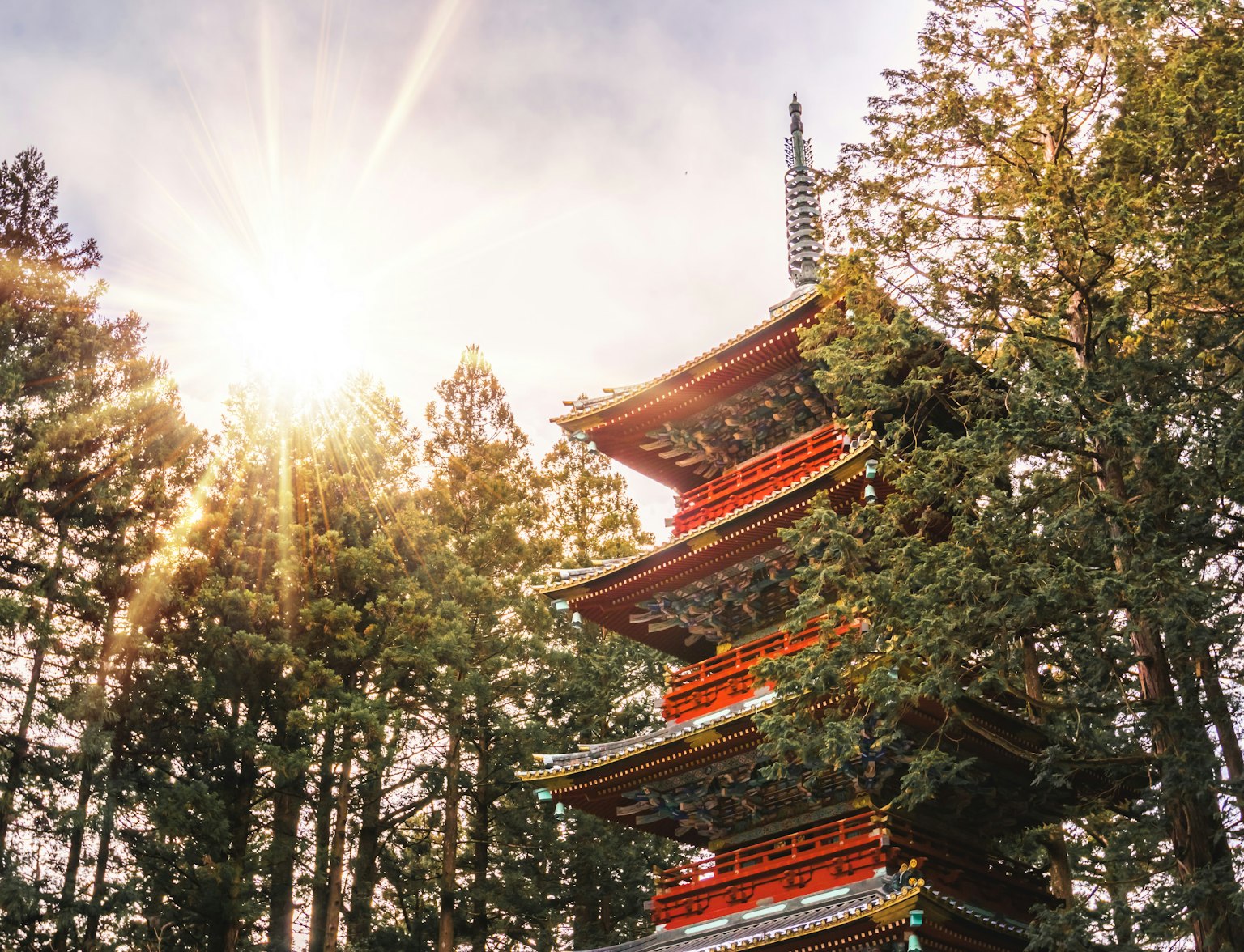
Embark on a morning stroll through the historic Nikko Toshogu Shrine.
Zazen meditation, or Zen meditation, is a key practice in Zen Buddhism. It involves sitting tranquility with eyes open but unfocused, concentrating on the breath, and being mindful of the present moment. Zazen meditation aims to help practitioners gain insight into their true nature and develop a deeper understanding of themselves.
This practice is central to Zen Buddhism and offers a powerful means of cultivating inner peace and spiritual growth.
The traditional Japanese tea ceremony is truly fascinating! It's an integral part of Zen culture and practice, where matcha powdered green tea is prepared and presented in a ceremonial and meditative way.
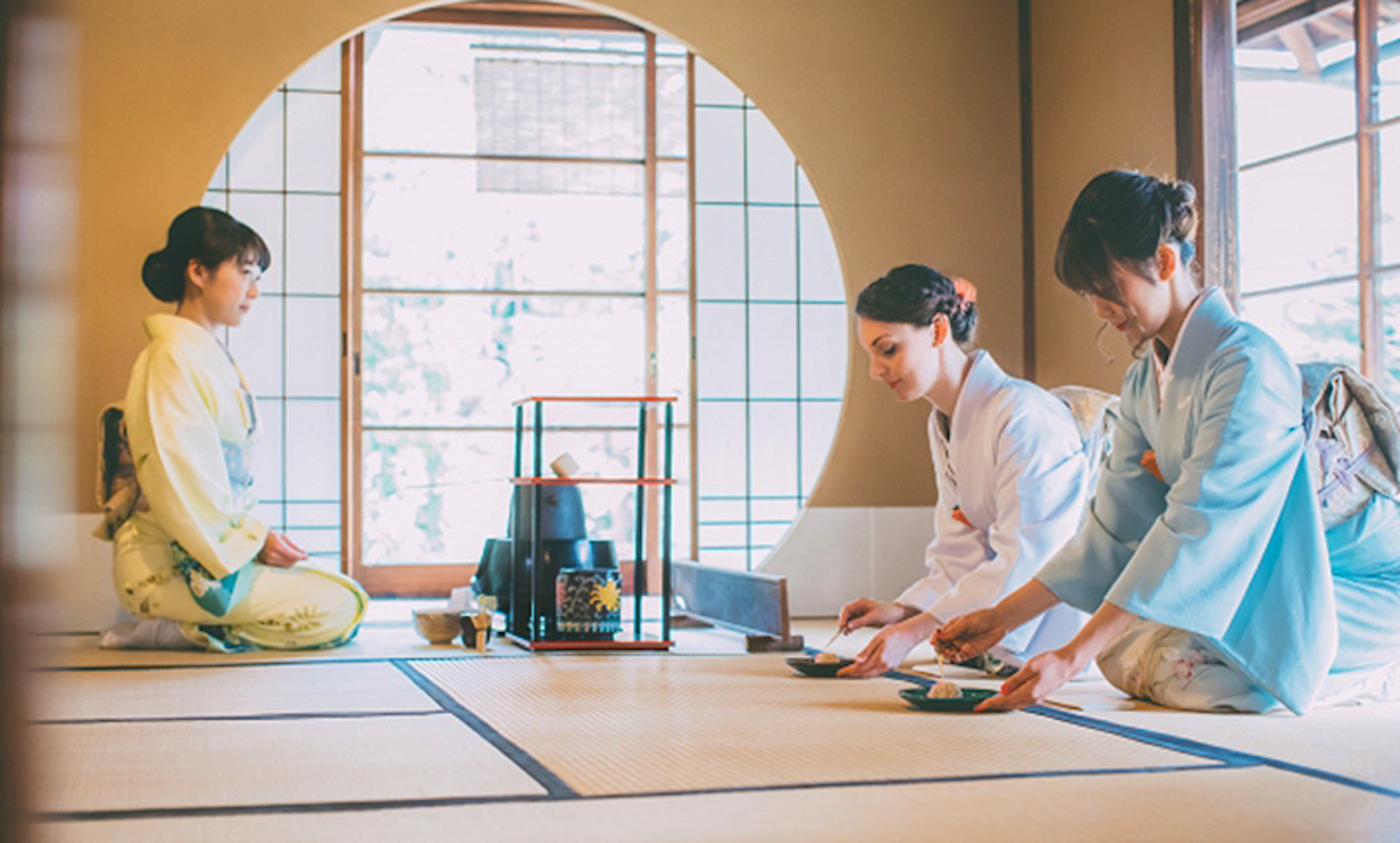
It's all about mindfulness and appreciating the present moment. Participating in a tea ceremony gives you a chance to experience the beauty and tranquility of Japanese culture, offering a glimpse into the world of Zen Buddhism. So interesting, right?
If you wish to learn more about the Japanese tea ceremony, do check out our blog post by clicking here at Japan's Serene Ritual: Delving into the Tea Ceremony Tradition.
You can also experience the authentic Tea ceremony the Trip To Japan. Checkout our exclusive Private Garden Teahouse Tea Ceremony below.
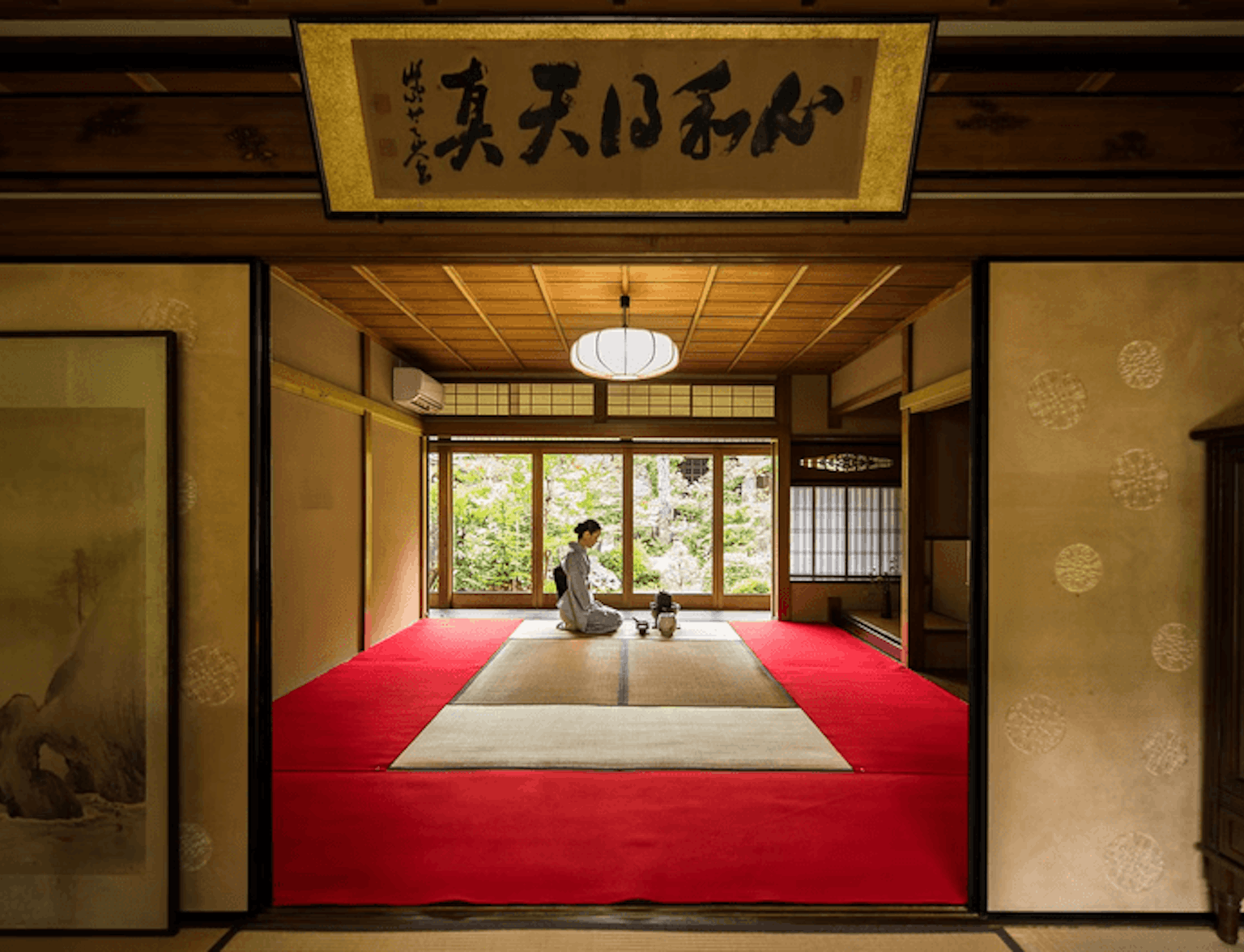
Immerse yourself in the beauty and tradition of Japan with a private tea ceremony experience in Kyoto.
Kamakura offers a wealth of nature trails and spiritual retreats that provide opportunities for reflection and meditation. These tranquil settings allow visitors to escape the hustle and bustle of daily life and immerse themselves in the natural beauty of the area.
Whether walking through lush forests or meditating in a serene temple garden, these experiences offer a unique opportunity to connect with one’s inner self and deepen one’s spiritual practice.
The rich artistic heritage of Kamakura Buddhism is a testament to the profound influence of the religion on Japanese culture and history. From stunning Buddhist imagery to intricate temple architecture, Kamakura’s artistic legacy offers a unique window into the spiritual world of Buddhism.
We will delve into the different facets of Buddhist art and culture in Kamakura, enhancing our understanding of the city’s religious heritage and its influence on Japanese society.

Buddhist imagery plays a significant role in Kamakura Buddhism, as it serves as a visual representation of the religion’s teachings and beliefs. Various depictions of Buddha can be found throughout Japanese art, each with its unique symbolism and significance.
These images help to convey the essential concepts of Buddhism, such as compassion, wisdom, and non-attachment, providing a visual aid for meditation and spiritual practice.
The unique architectural styles of Kamakura’s Buddhist temples are a reflection of the city’s rich religious history. These sacred structures, with their intricate carvings and ornate decorations, showcase the skill and craftsmanship of Japanese artisans throughout the centuries.
Exploring the architectural features of Kamakura’s temples offers a fascinating glimpse into the world of Buddhist art and the profound influence of the religion on Japanese design.
Kamakura is an amazing place with a vibrant lineup of cultural events and festivals that honor the city's Buddhist heritage. From religious ceremonies to seasonal celebrations, these events give you a chance to truly experience the rich traditions and customs of Kamakura Buddhism.
By taking part in these cultural events and festivals, you not only gain a deeper understanding of the spiritual life of the city and its people but also feel a sense of belonging and connection to the community. It's a beautiful way to celebrate our shared heritage!
While Kamakura is best known for its rich Buddhist heritage, the city also offers a wealth of non-religious attractions for visitors to enjoy. From the sandy shores of Yuigahama Beach to the bustling area around Kamakura Station, there is much to discover beyond the city’s temples and shrines.
We are going to delve into some of Kamakura’s top non-religious attractions, demonstrating the diverse experiences the city provides.

A popular destination for both locals and tourists, Yuigahama Beach offers a welcome respite from the city’s spiritual attractions. With its shallow sandy shores and tranquil waves, the beach is an ideal spot for swimming, surfing, or simply relaxing in the sun.
Whether you’re looking for a peaceful retreat or a fun-filled day of water activities, Yuigahama Beach is a must-visit destination in Kamakura.

The area surrounding Kamakura Station is a bustling hub of activity, filled with shops, restaurants, and other attractions. From traditional Japanese eateries to international cuisine, there is no shortage of dining options to suit every taste.
In addition, the station area is home to various shops and souvenir stores, offering a wide range of products and gifts to take home as mementos of your visit to Kamakura.
Trip To Japan offers an exclusive tour including the Iconic Kamakura Station Area. Check it out below.
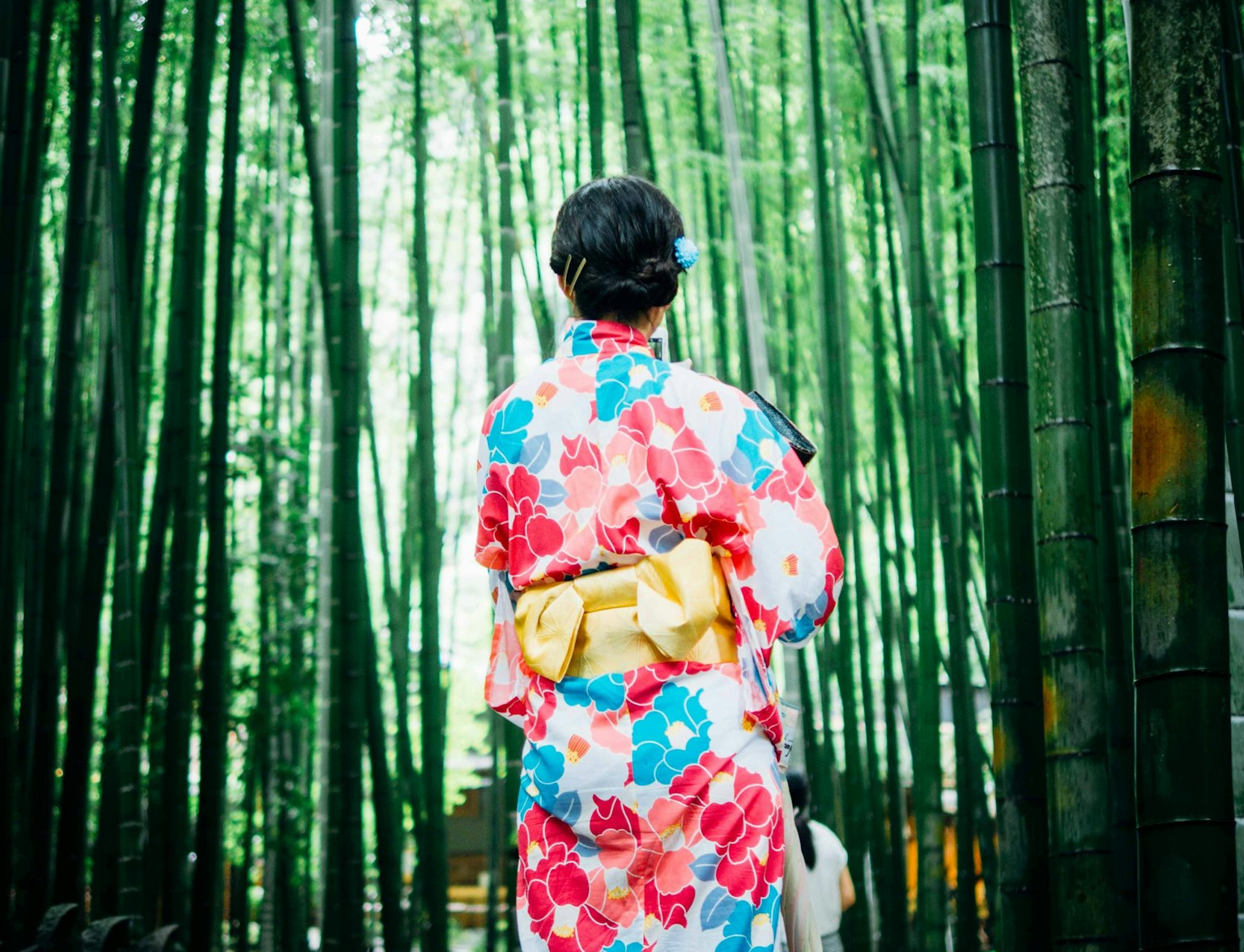
Dive into the heart of historic Kamakura with this rickshaw tour.
Kamakura is not only a paradise for spirituality seekers but also a heaven for food enthusiasts. Right from the traditional Japanese soba noodles to the iconic Kamakura pigeon scone, every bite in this city will leave your tastebuds asking for more.

The city is dotted with quaint cafes that serve the freshest sushi and the most delicious matcha-flavored desserts. Make sure you also try Kamakura's specialty - "Shirasu". These tiny whitebait fish often served raw over a bowl of warm rice, is a delicacy that you shouldn't miss.
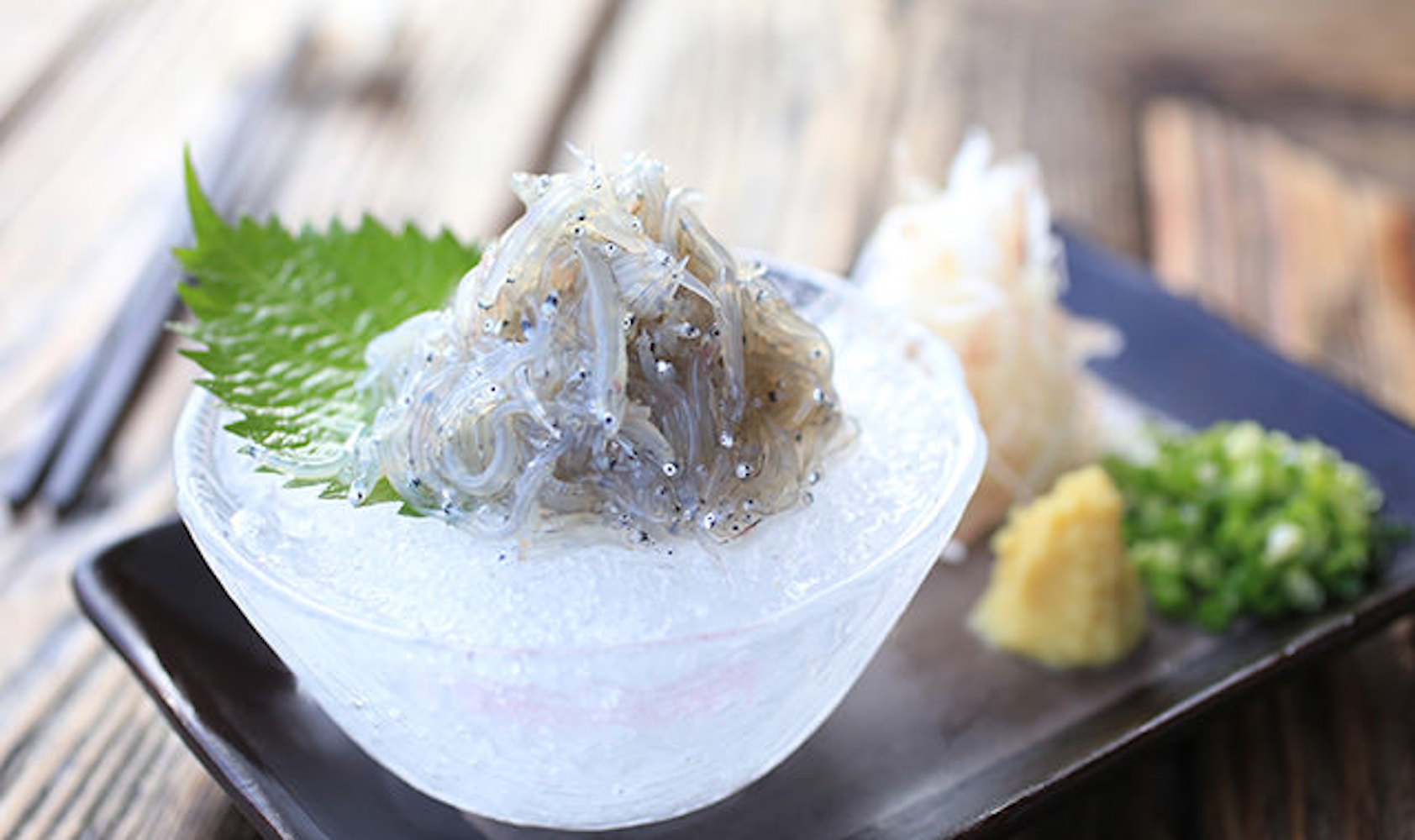
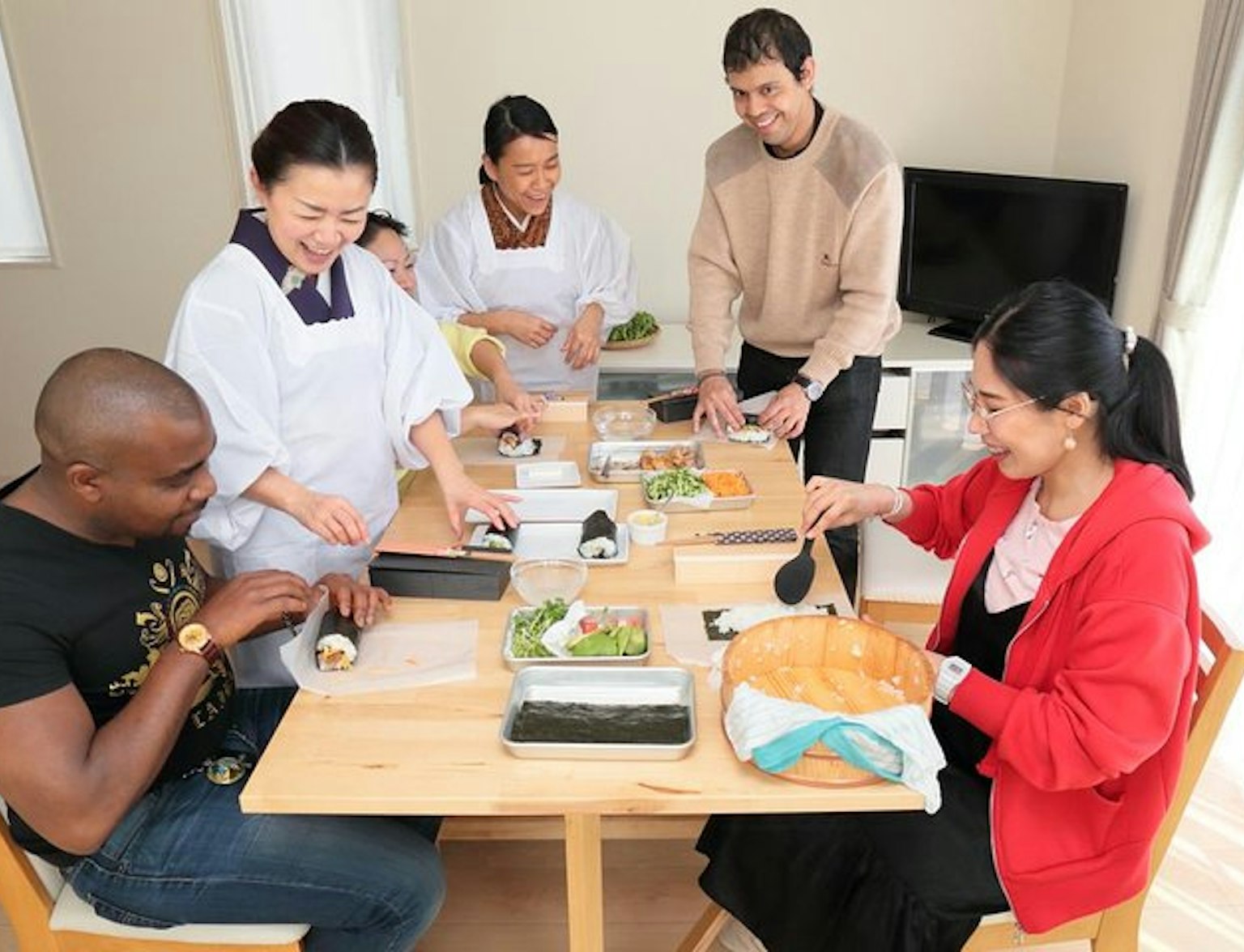
Unlock the secrets of Japanese home-style cooking in the heart of Kamakura.
The rich tapestry of Kamakura Buddhism, woven through temples, spiritual retreats, and cultural events in Kamakura City, provides a unique and immersive experience, deepening your appreciation and understanding of this ancient religion.
Moreover, the city's non-religious attractions, such as the picturesque Yuigahama Beach and the bustling Kamakura Station area, offer a variety of experiences that cater to all kinds of travelers. Whether you're a food enthusiast, a history buff, or a spiritual seeker, Kamakura promises a journey that caters to all your senses.
At Trip To Japan, we're dedicated to ensuring that your journey to Kamakura is as enlightening as it is enjoyable, with carefully curated tours that allow you to explore all facets of this beautiful city. Book your trip with us and embark on a memorable exploration of Kamakura Buddhism and much beyond!



